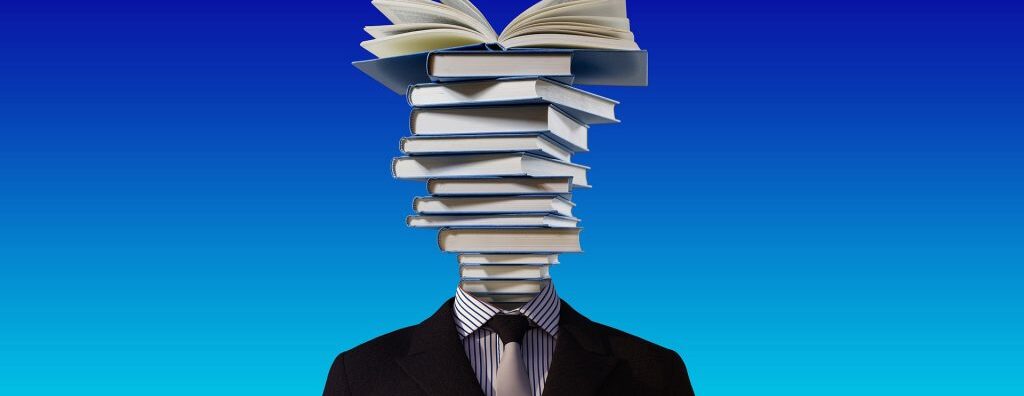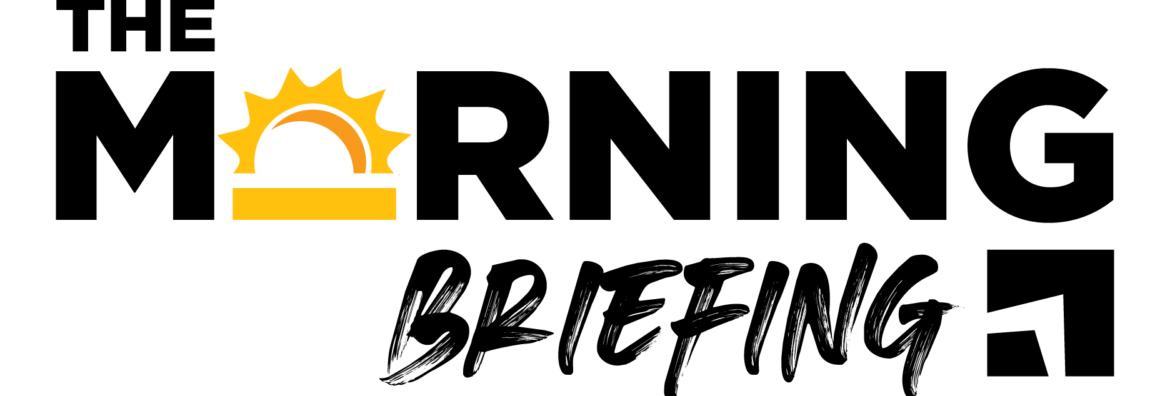What determines great leadership? When does someone become a great leader? I’ve pondered these questions often as an I/O Psychologist and an aspiring leader. Here is my journey.
I started to see myself as a leader during an Outward Bound excursion. Outward Bound is a nonprofit that provides “hands-on” education in the most literal way – through outdoor adventures that are designed to test your resiliency. This group adventure was the Pathfinder Boundary Waters Canoeing & Backpacking expedition in Minnesota; basically, you pay $8,000 to suffer for 300+ miles in under 30 days. This “adventure” is brutal to the unprepared and forces the individual to build a strong will. To give it a better visual, you are balancing a huge canoe on your back or a huge backpacking bag, both weighing between 50-125 lbs.
During my time in the Boundary Waters, I was a source of positivity and motivation for the group. Luckily, I was already in decent shape because of a consistent exercise routine. Some of my group members were not so fortunate and were having a difficult time carrying their share. Doing well on my own developed me into one of the leaders of the group. I was someone people could lean on when the rough got…well, rougher, and as much as I could, I provided support physically, emotionally, mentally, and spiritually. We were a team and I wanted everyone to have an enjoyable experience.
We were not completely on our own; this Outward Bound course provided us with two leaders who were trained specialists and have completed this course multiple times. The goal of the expedition was to develop everyone’s resiliency and to develop leadership skills by rotation. Most of the time on the expedition, I found that sharing experiences and telling stories was a great module to get people motivated.
Pursuing these large goals is certainly more attainable with a team built around a belief, value, or concept. High motivation, success, and perseverance are common qualities of a leader. Good leaders are examples for the team. As I can quote from one of my class readings, “A compelling purpose energizes team members, orients them toward their collective objective, and fully engages their talents” (Hackman, 2012, p. 437) To be a leader, one must understand a multitude of solutions; to reach a goal, leaders provide paths for followers to trek. Great leaders teach people how to be good leaders. Read More…










